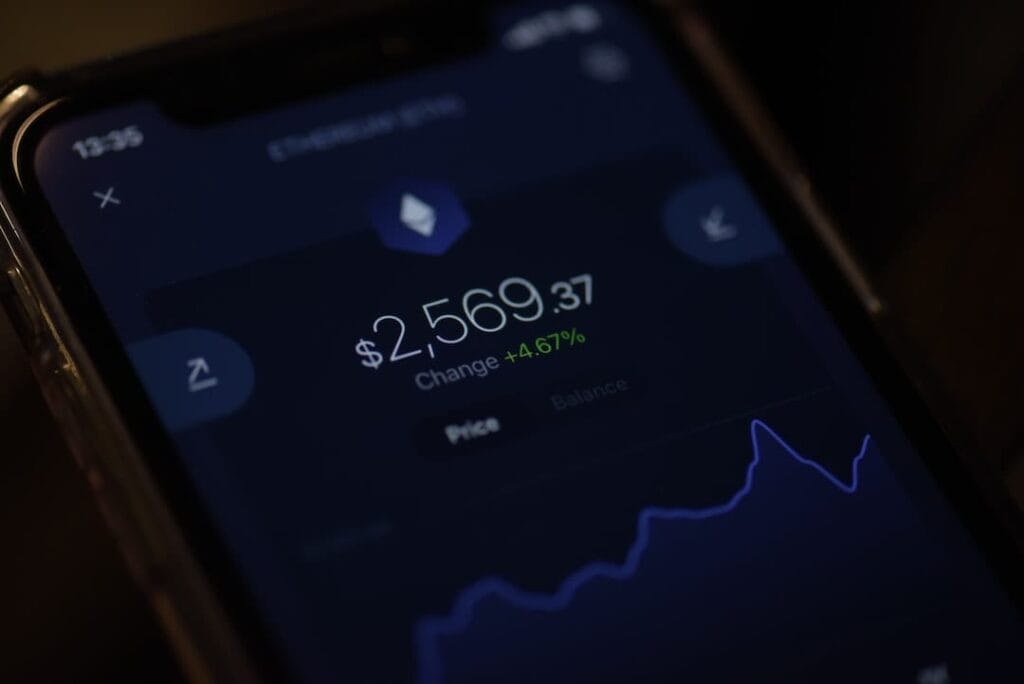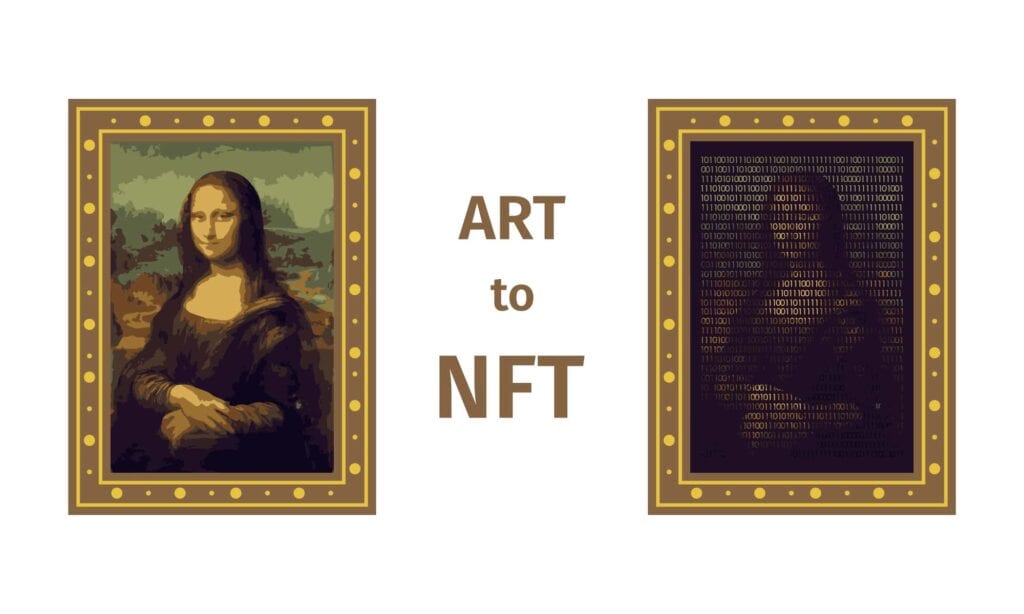The streaming industry has revolutionized the way we consume music, and its impact on the music industry as a whole cannot be overstated. With the rise of platforms like Spotify, Apple Music, Tidal, Amazon Music, and YouTube Music, music streaming has become the primary method of music consumption for many people around the world. This shift has had significant implications for artists, as streaming revenue has become a crucial source of income in an industry that has been grappling with declining album sales for years.
Disclaimer: This information is general in nature and for informational purposes only. It is not personal financial advice and has not taken into account your personal financial position or objectives. Make sure to refer to a licensed financial or tax advisor.
Table of Contents
Key Takeaways
- Streaming has become the dominant form of music consumption in the music industry.
- Streaming revenue is crucial for artists to make a living and sustain their careers.
- Royalty payments in the streaming world are complex and vary between services.
- Spotify, Apple Music, Tidal, Amazon Music, and YouTube Music are the major players in the streaming industry.
- Royalty rates differ between streaming services, with some paying more than others.
The Importance of Streaming Revenue for Artists
Streaming revenue has become a lifeline for artists in an era where traditional album sales have plummeted. In the past, artists relied heavily on album sales to generate income. However, with the advent of streaming services, the dynamics have changed. Streaming revenue now accounts for a significant portion of an artist’s income, and in some cases, it surpasses earnings from album sales.
The shift from album sales to streaming revenue can be attributed to several factors. Firstly, streaming services offer a vast catalog of music that is easily accessible to consumers at any time and from any device. This convenience has led to a surge in streaming subscriptions, resulting in a larger pool of potential listeners for artists. Additionally, streaming services have introduced features like personalized playlists and algorithmic recommendations, which have helped artists reach new audiences and gain exposure.
Understanding Royalty Payments in the Streaming World
Royalty payments are the primary way artists are compensated for their music on streaming platforms. These payments are made based on the number of streams an artist’s songs receive on a particular platform. However, it is important to note that there are different types of royalties that artists can earn in the streaming world.
Mechanical royalties are paid to songwriters and publishers for the reproduction and distribution of their compositions. Performance royalties are paid to artists and record labels for the public performance of their recordings. These royalties are collected by performance rights organizations (PROs) such as ASCAP, BMI, and SESAC, who then distribute the payments to the appropriate parties.
Comparing the Major Streaming Services: Spotify, Apple Music, Tidal, Amazon Music, and YouTube Music
The streaming industry is dominated by a few major players, each with its own unique features and pricing structures. Spotify is the largest streaming service in terms of subscribers, with over 345 million active users worldwide. It offers both a free ad-supported tier and a premium subscription option.
Apple Music is the second-largest streaming service, with over 60 million subscribers. It is known for its integration with Apple devices and its extensive library of exclusive content. Tidal is a high-fidelity streaming service that prides itself on offering lossless audio quality and exclusive content from artists.
Amazon Music is part of the larger Amazon ecosystem and offers a wide range of subscription options, including a free tier for Amazon Prime members. YouTube Music is a streaming service that combines music videos and audio tracks, making it a popular choice for music discovery.
Analyzing the Royalty Rates of Each Streaming Service
The royalty rates paid by streaming services vary depending on several factors, including the country in which the music is streamed and the type of subscription the user has. Generally, streaming services pay artists a fraction of a cent per stream. For example, Spotify pays an average of $0.0038 per stream, while Apple Music pays around $0.00735 per stream.
It is worth noting that these royalty rates may seem low compared to traditional album sales or physical merchandise sales. However, streaming services argue that their low royalty rates are offset by the massive scale at which they operate. With millions of users streaming billions of songs every day, the cumulative revenue generated can be substantial for artists.
The Role of User Engagement and Artist Promotion in Royalty Payments

User engagement plays a crucial role in determining the royalty payments artists receive from streaming services. The more streams an artist’s songs receive, the higher their potential earnings. Additionally, user engagement metrics such as saves, shares, and playlist placements can also impact royalty payments.
Streaming services also offer various tools and features to help artists promote their music and increase their visibility. For example, Spotify allows artists to submit their songs for editorial playlists, which can significantly boost their streams and exposure. Apple Music offers similar features, such as personalized playlists and artist spotlights.
The Impact of Exclusive Deals on Streaming Revenue for Artists
Exclusive deals have become a common strategy for artists to maximize their streaming revenue. These deals can take various forms, including exclusive releases on a specific streaming service or partnerships with other companies. While exclusive deals can provide artists with significant upfront payments and promotional support, they also come with drawbacks.
One of the main criticisms of exclusive deals is that they limit consumer choice and can lead to fragmentation in the streaming market. If an artist’s music is only available on one platform, fans who use other services may be unable to access their music. This can result in lost streams and potential revenue for the artist.
The Debate Surrounding Fair Payment for Musicians in the Streaming Era
The issue of fair payment for musicians in the streaming era has been a topic of intense debate within the music industry. Many artists argue that the current royalty rates are insufficient and do not adequately compensate them for their work. They argue that streaming services should increase their royalty rates to ensure a fairer distribution of revenue.
On the other hand, streaming services contend that they are operating on thin profit margins and cannot afford to pay higher royalty rates without passing the cost onto consumers. They argue that the low royalty rates are necessary to sustain their business models and continue offering affordable subscription options.
Proposed solutions to the fair payment debate include implementing a user-centric payment model, where the royalties paid to artists are based on the individual user’s listening habits, rather than the overall pool of revenue generated by the streaming service. This model aims to ensure that artists are compensated directly for their fans’ streams, rather than receiving a share of the total revenue.
The Future of Streaming and Its Implications for Artist Compensation
The streaming industry is constantly evolving, and its future holds both opportunities and challenges for artist compensation. One potential development that could impact artist compensation is the adoption of blockchain technology. Blockchain has the potential to create a more transparent and efficient system for royalty payments, ensuring that artists receive their fair share of revenue.
Another potential development is the rise of live streaming concerts and virtual events. With the COVID-19 pandemic forcing the cancellation of in-person concerts, many artists turned to live streaming as a way to connect with their fans and generate income. This trend is likely to continue even after the pandemic, as it offers a new revenue stream for artists and allows them to reach a global audience.
Supporting Artists: How Consumers Can Make a Difference in the Streaming Showdown
Consumers play a crucial role in supporting artists through their streaming habits. One way consumers can make a difference is by actively streaming and saving their favorite artists’ songs on platforms like Spotify and Apple Music. This helps increase an artist’s streams and visibility, which can lead to higher royalty payments.
Additionally, consumers can support artists by purchasing merchandise, attending concerts (when they resume), and sharing their music on social media. These actions not only provide direct financial support to artists but also help spread awareness of their music to a wider audience.
The streaming industry has transformed the music industry, offering both opportunities and challenges for artists. Streaming revenue has become a significant source of income for artists, surpassing traditional album sales in many cases. However, there are ongoing debates surrounding fair payment for musicians in the streaming era, with artists advocating for higher royalty rates and more transparent payment models.
As the streaming industry continues to evolve, it is crucial for artists and streaming services to find a balance that ensures fair compensation for musicians while maintaining the affordability and accessibility of streaming platforms. Ultimately, the future of artist compensation in the streaming industry will depend on the collective efforts of artists, streaming services, and consumers to find sustainable solutions that support the creation and consumption of music.







